-
×

-
×
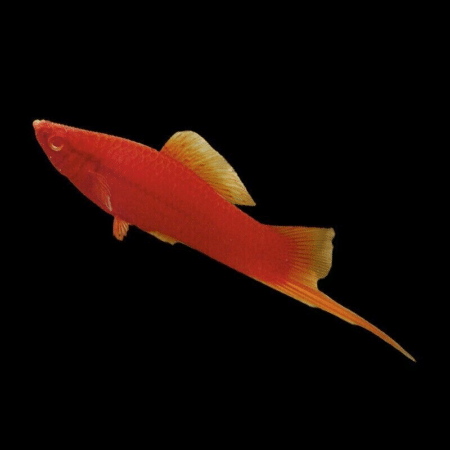
-
×

-
×

-
×

Subtotal: £258.38


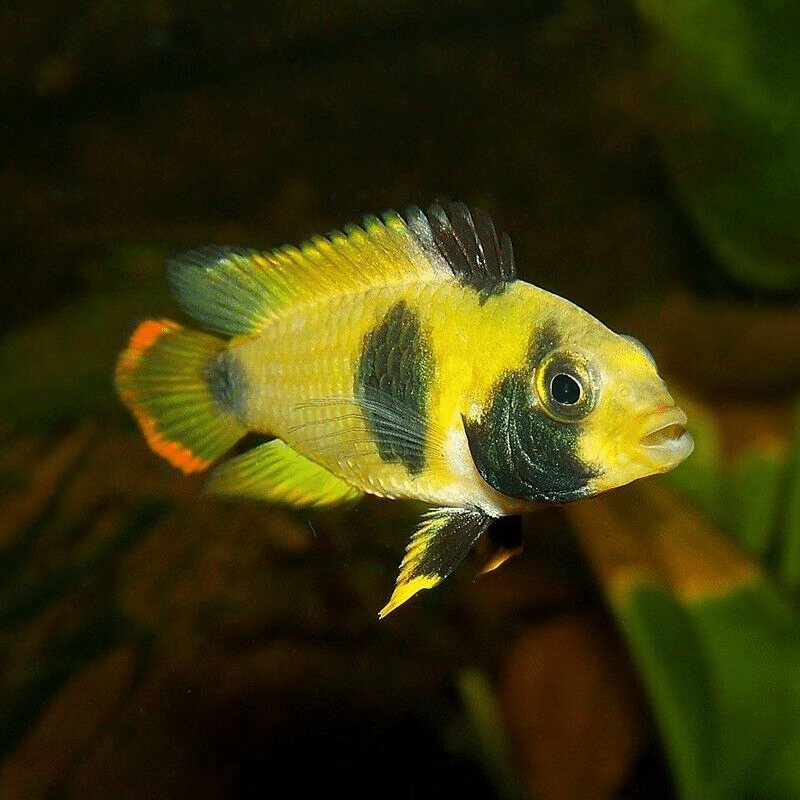
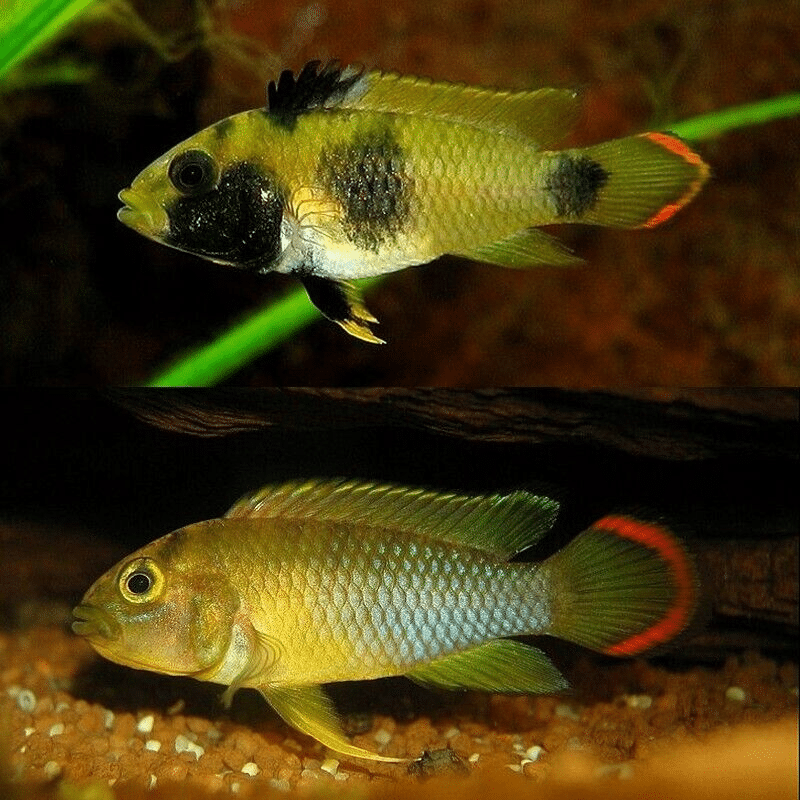


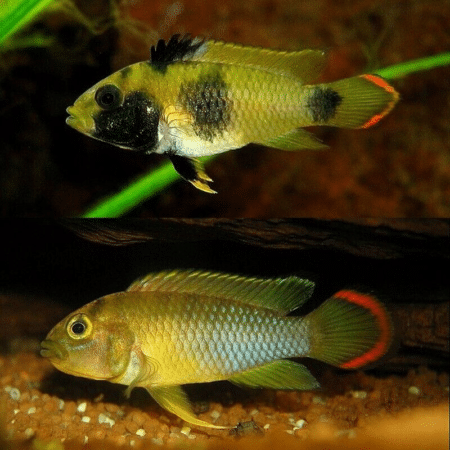

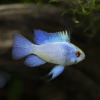










Emily Carter (verified owner) –
I recently added a pair of Apistogramma Nijsseni to my aquarium, and I couldn’t be happier! These stunning dwarf cichlids have transformed my tank into a lively, colorful environment. After about a month of observing them, I can genuinely say they bring so much personality and charm. Their vibrant colors are mesmerizing, and they’ve established a little territory in my 20-gallon freshwater setup.
What I love most is how they interact with each other and the other fish. They are very engaging to watch as they explore their surroundings and display their natural behaviors. Compared to some other tropical fish I’ve kept, the Nijssen’s Dwarf Cichlid has proven to be hardier and much more adaptive to changes in the environment.
I do recommend providing plenty of hiding spots, as they appreciate a bit of privacy, especially during breeding. Overall, this species is perfect for seasoned aquarists and newcomers alike who want to enrich their aquarium experience. If you love freshwater fish, you must consider adding these beauties to your collection!
Emily Carter (verified owner) –
I recently added the Apistogramma Nijsseni to my community tank, and I couldn’t be happier! These little gems are not only stunning with their vibrant colors, but they also have such charming personalities. After about two months of keeping them, I’ve noticed how they enjoy exploring their surroundings and even showing off during feeding time. They are easy to care for, making them perfect for both beginners and more experienced hobbyists. Compared to other dwarf cichlids I’ve kept, the Nijsseni are much more peaceful and social, which is a huge plus in a community tank. I did have to rearrange the decor a bit at first to give them plenty of hiding spots, but that just added to the fun of aquascaping! If you’re looking for beautiful freshwater fish that thrive in a tropical environment, I highly recommend these guys. They’ve brought so much joy to my aquarium, and I can’t wait to see how they develop as they grow. Just a little tip: ensure you keep the water parameters stable, as they appreciate a well-maintained environment! Overall, a fantastic choice for any fish lover!